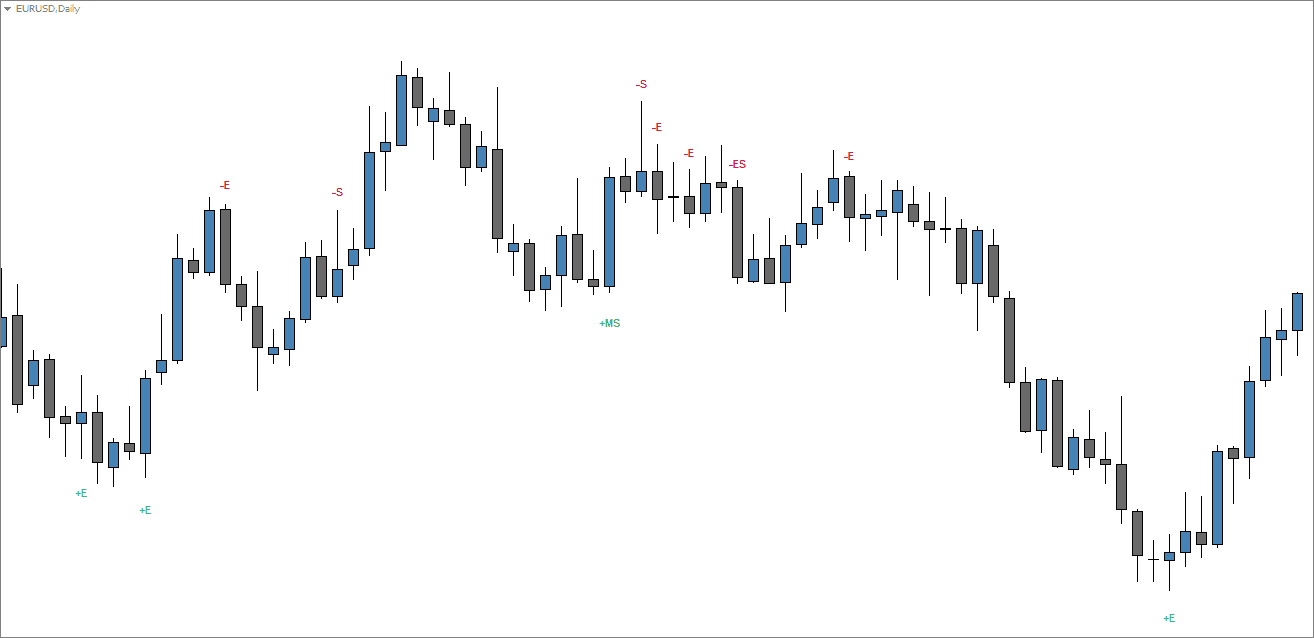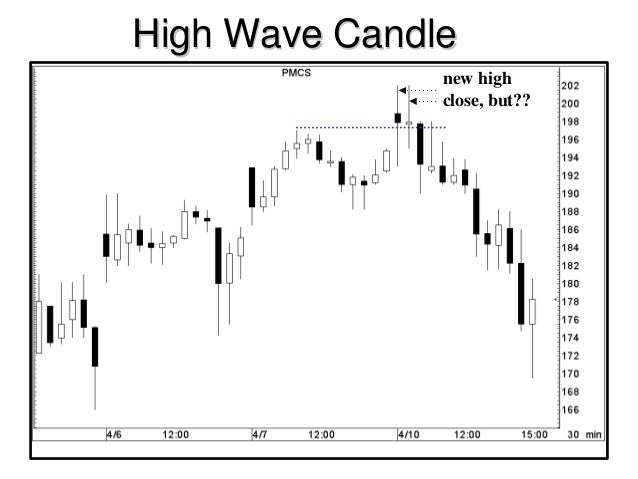
"Candles," he discovered, can signal shifts in trends and price patterns with amazing accuracy, and these "storyteller" charts also contain powerful applications for today’s volatile short-term markets. Steve Nison revolutionized the world of technical analysis when his two bestselling books introduced Japanese candlestick charting techniques to the western world. Three green candles from the bullish three-line strike reversal pattern within a downtrend.Forex Steve Nison – The Candlestick Course

The Five Most Common Candlestick Patterns This extra information gives an absolute advantage for traders that purely base their decisions on price action. While a line chart only provides one data point for the price of an asset, candlestick charts provide five: open, close, low, high, and direction of movement.

Ĭandlesticks have several advantages over line charts. That being said, candlesticks can be enabled on the Bookmap heatmap. Studying candlesticks will have you on the right path to understanding price movement, but naturally here at Bookmap we prefer order flow. For example, if you are looking at a daily candlestick chart and the last day shows a very high price on the day (called the wick) yet the candle closes near the opening price, this shows that the market rejected those higher prices.Ĭombine these subtle insights with recurring patterns, and candlesticks promise technical analysts an inside look into the market.Ĭandlesticks are a simple technique for understanding price movement. The size of the body, as well as the distance between the high, low, open and close of the candlestick can all signal vital information. Visualizing the Collective Emotions of TradersĬandlesticks showcase market sentiment by the color coding of the candlestick body (usually red and green, but this is of course generally modifiable on most platforms).

Candlestick charts are similar to bar charts in the fact they highlight the high and low as well as the opening and closing prices of that particular time frame (often 5m, 15m, 30m, 1h, 4h, daily, or weekly).


 0 kommentar(er)
0 kommentar(er)
